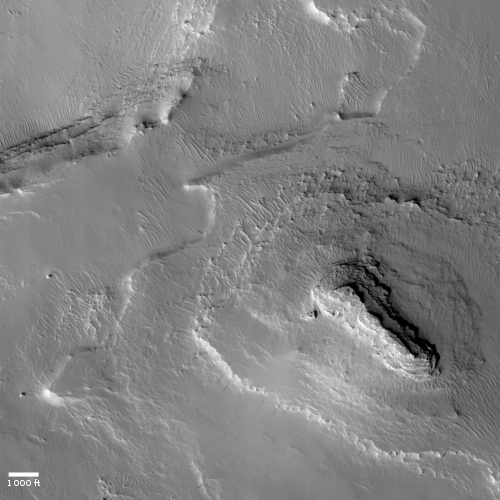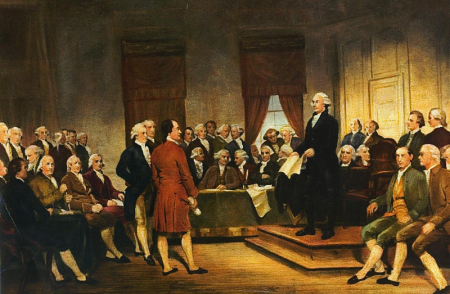The Apollo 12 crew’s excursions on the Moon, 51 years ago
In celebration of the anniversary this week of the Apollo 12 mission to the Moon in November 1969, the science team for the Lunar Reconnaissance Orbiter (LRO) have created a wonderful animation showing step-by-step where and when Pete Conrad and Alan Bean walked during their two EVAs on the lunar surface.
That video is below. It highlights strongly the need of any future short-term mission to any planetary landing to have a vehicle on board. Conrad and Bean accomplished a lot during their two four-hour walks, but nowhere near as much as they could have accomplished if they could have driven about on their EVAs. In fact, in the 1960s NASA had already recognized this, and was to put a rover on the last three Apollo lunar landings.
In celebration of the anniversary this week of the Apollo 12 mission to the Moon in November 1969, the science team for the Lunar Reconnaissance Orbiter (LRO) have created a wonderful animation showing step-by-step where and when Pete Conrad and Alan Bean walked during their two EVAs on the lunar surface.
That video is below. It highlights strongly the need of any future short-term mission to any planetary landing to have a vehicle on board. Conrad and Bean accomplished a lot during their two four-hour walks, but nowhere near as much as they could have accomplished if they could have driven about on their EVAs. In fact, in the 1960s NASA had already recognized this, and was to put a rover on the last three Apollo lunar landings.




